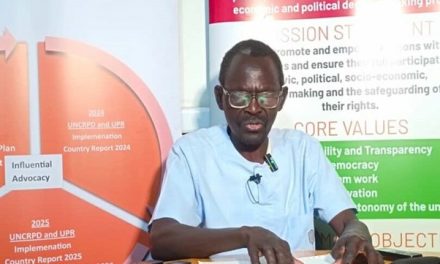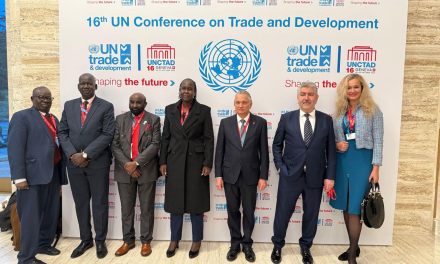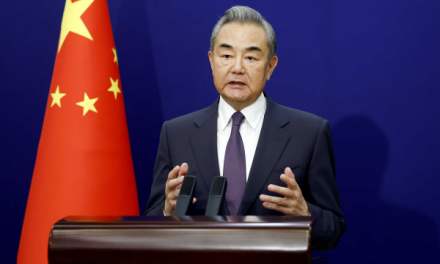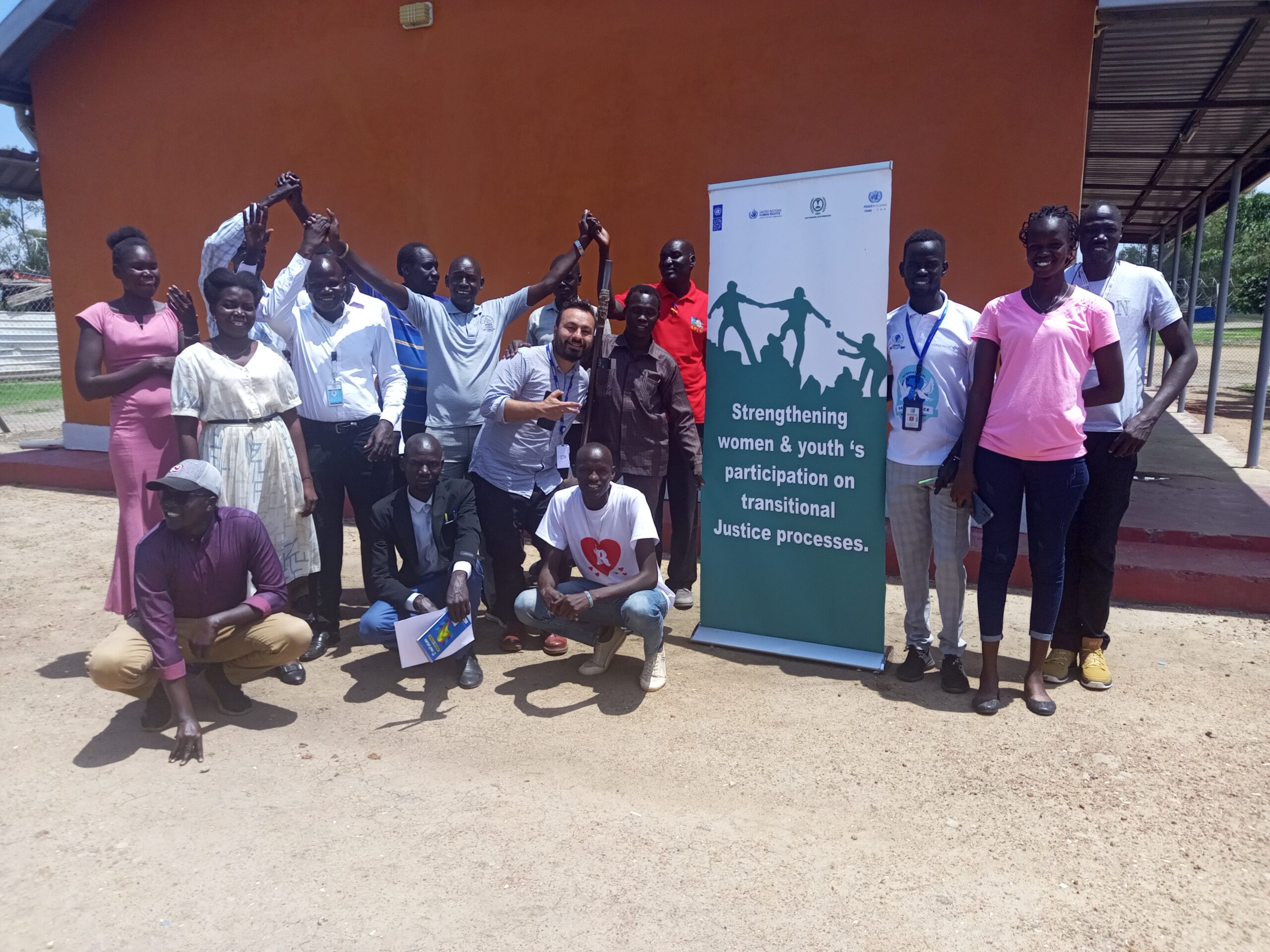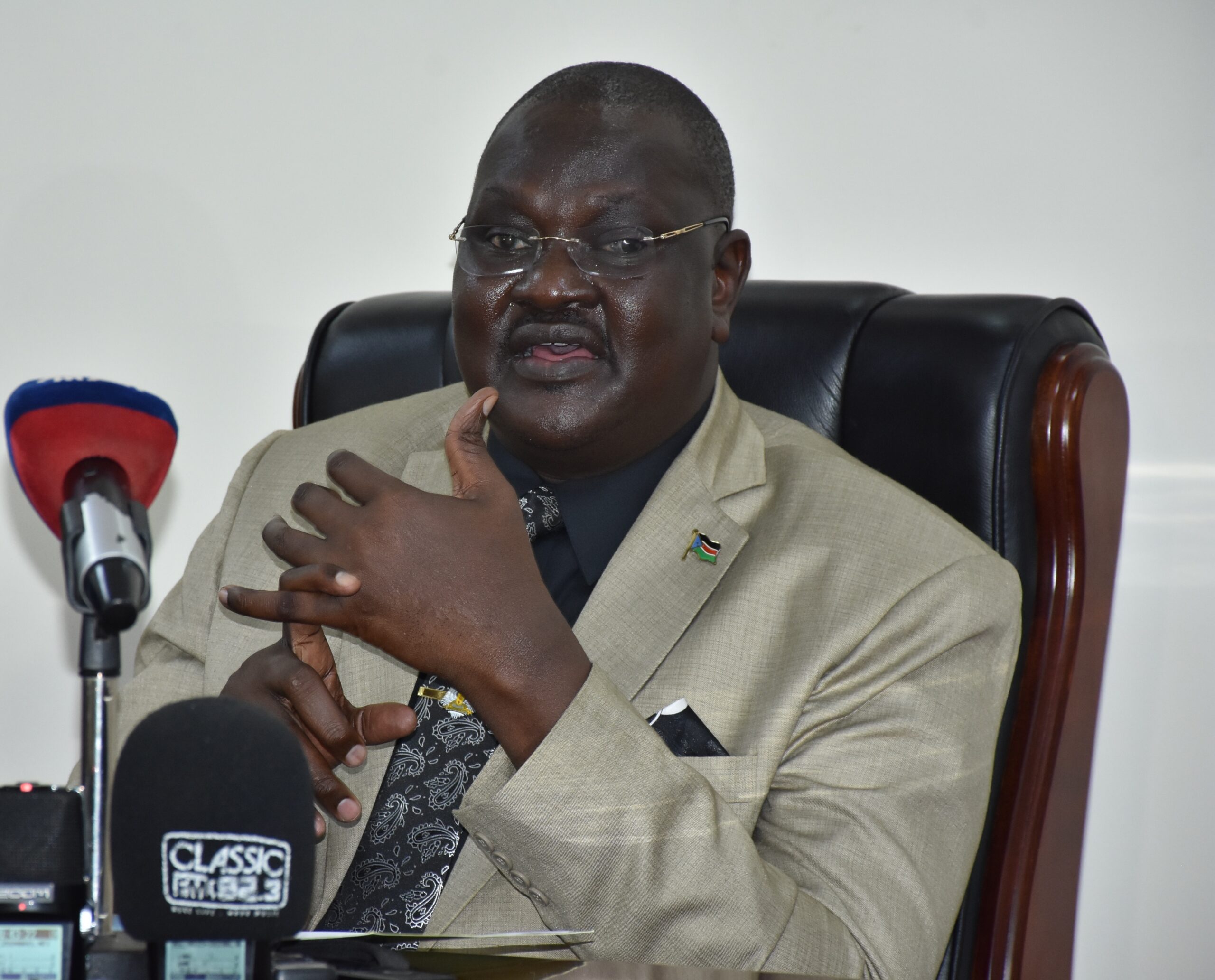
“I would not be in school if it wasn’t for WFP School feeding meals”

Twelve-year-old Abuk from Yith Aluk Primary school in Northern Barh El Ghazal State would not be regularly attending classes, if it were not for meals provided under the World Food Program (WFP) school feeding program.
She told The Juba Echo last week when the Vice President for Gender and Youth Cluster Rebecca Nyandeng together with Mary-Ellen McGroarty, WFP Country Director visited Aweil town to inspect some of the food and nutrition projects being implemented.
“The meal helps me to feel less hungry and I can learn better in class and play with my friends after school,” Abuk said.
Abuk dreams of becoming a medical doctor when she completes her education. She is among thousands of children whom WFP’s school feeding program has kept in school.
The United Nations International Children’s Fund (UNICEF) recently revealed that more than 2 million children dropped out of school due to combination of conflicts, floods and early/forced marriage in South Sudan.
Santino Ajiing Riing, Head Teacher of Yith Aluk Primary School, said the feeding program has really improved school enrolment.
The school was established in 2007 and constructed by UNICEF with funding from U.S Agency for International Development (USAID).
Riing revealed that in the beginning the school had only 630, adding that this number has since tripled to 1500 over the years following the introduction of the school feeding program by WFP.
WFP School feeding program partly funded by USAID is reaching close to 450,000 children across the country.

“This feeding program has helped us and hopefully this year the number of children in my school will be beyond 2000 pupils, because this feeding program is encouraging parents to enroll their children in the school,” Riing said.
Abuk Aher, a local chief from Yith Aluk Village hailed the WFP and partners for providing food to their children in school.
She said that the feeding program has relieved them as parents because they are no longer worried about what their children will eat while in school.
“I am very happy with this feeding program because it has relieved me from preparing food for my children to carry as breakfast in school, they just wake up in the morning and go to school without asking me for what they are going to eat in school,” Aher said.
Aher called upon the partners to keep supporting the program, and also introduce other projects like small scale farming for women in the area which will help to reduce dependence on humanitarian food assistance.
“If women of this area are trained on small scale farming and other skills they will be able to take care of their children,” she said.
Aher said that WFP is giving their children food at school, but the challenge remains at home.
The U.S government recently announced $288.5 million in additional humanitarian assistance to South Sudan.
Michael J. Adler, the U.S. Ambassador to South Sudan during his visit to Northern Bahr El Ghazal State, said USAID will provide this funding through the WFP to provide urgent food and nutrition assistance to nearly 2.2 million people across South Sudan.
An estimated 7.76 million people in South Sudan are expected to be in crisis or worse levels of hunger (IPC3+) throughout the lean season this year.
“A fourth year of record flooding, rising costs of food and energy, and ongoing conflict are disrupting lives and livelihoods and threatening to push millions of families further into hunger,” said Mary-Ellen McGroarty, WFP’s Country Director in South Sudan.
“This generous contribution comes at a critical time as we race to dispatch food assistance to the most remote areas ahead of the lean season. Receiving funding in advance means we can act earlier to prevent families from falling into more severe levels of acute hunger when shocks strike,” she said.

